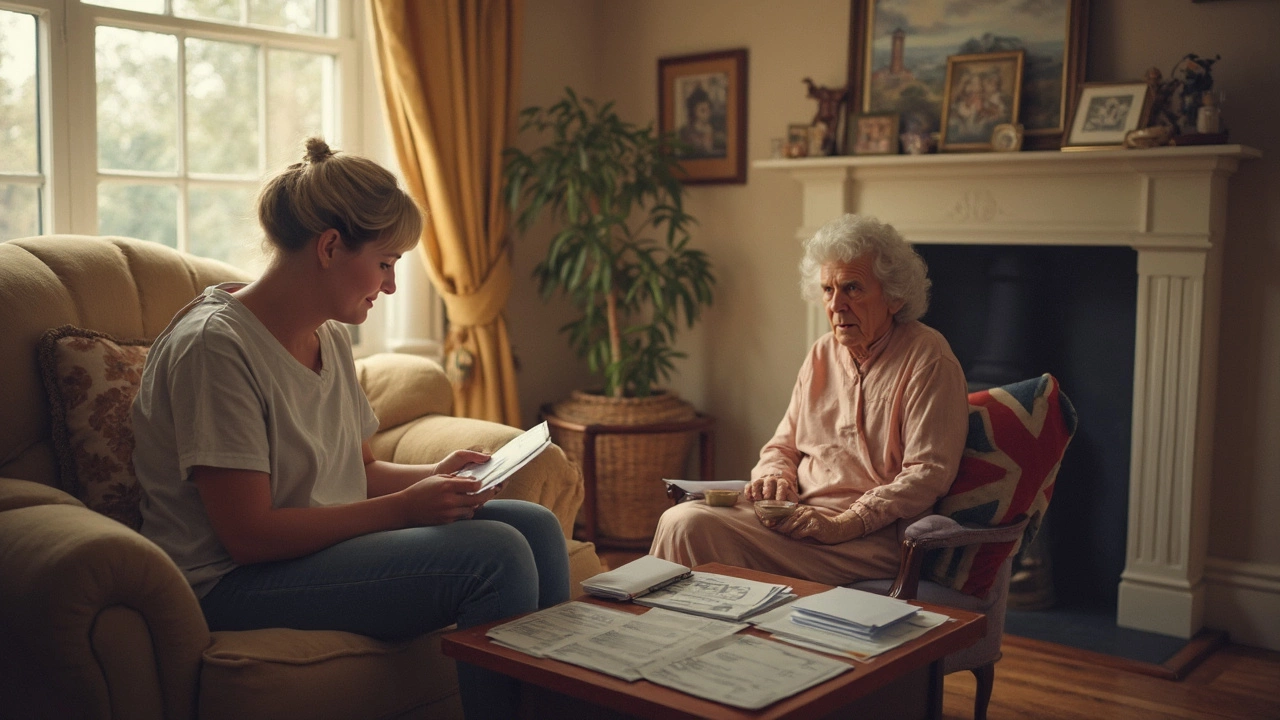Family Caregiver Guide: Easy Green Hacks for Everyday Care
Being a family caregiver means juggling health needs, comfort, and a house that runs smoothly. Add a bit of eco‑friendly thinking and you can cut costs, reduce waste, and make the space feel safer for everyone. Below are bite‑size tips you can start using right now, no big renovation required.
Streamline the Bedroom for Better Rest
Good sleep is a cornerstone of health, especially for the person you’re caring for. Begin by decluttering the bedroom. Clear out extra clothes, unused gadgets, and stray pillows. A tidy room reduces fall risks and makes it easier to clean. While you’re at it, swap out heavy, synthetic bedding for breathable cotton or linen sheets. They’re softer on skin, easier to wash, and last longer when you follow the Choosing the Best Bedding guide’s advice. If the room feels cold, add a thin, organic wool blanket instead of cranking up the heater.
Safe Seating and Support
Many seniors spend a lot of time in chairs. Look for chairs with firm cushions that don’t flatten quickly. If you need extra softness, consider a Medicare‑covered chair cushion that meets medical standards – it often offers the right density without turning the seat into a sink. For those who struggle with balance, a sturdy, non‑slip rug under the chair can provide extra grip without adding clutter. Choose a low‑pile rug made from natural fibers; it’s easier to clean and won’t catch small wheels or walkers.
When you need a place to sit for a quick nap, a modest couch works fine. Pick a sofa with a cushion thickness around 5‑6 inches – thick enough to be comfortable but not so soft that it becomes a tumble trap. Look for removable, washable covers so you can keep things fresh without hiring a cleaning service.
Don’t forget the bathroom. A simple non‑slip mat and a grab bar can make a huge difference. If you’re updating the space, a true mirror (the kind that doesn’t distort the image) can help the person see themselves clearly when they’re dressing or grooming. You don’t need the pricey version – a standard glass mirror with a clear finish does the job just as well.
Overall, the goal is to make the home feel safe, comfortable, and low‑maintenance. By focusing on a few key areas – bedroom, seating, and bathroom – you’ll see improvements in sleep quality, mobility, and even mood. And because many of these tweaks use sustainable products, you’re also doing a small part for the planet.
Take one step today: pull all the clutter from the bedroom, replace synthetic sheets with a cotton set, and add a slip‑resistant rug. You’ll notice a calmer space and a happier person you’re caring for. Small changes add up, and you don’t need a big budget to make them happen.
-

Will Medicare Pay for Me to Take Care of My Mother?
People caring for aging parents often wonder if Medicare will pay them for their time and effort. This article uncovers what Medicare does and doesn’t cover when it comes to family caregiving. It sheds light on payment options, specific Medicare rules, and practical tips for families. You’ll also find smart ways to ease the strain, like using comfy cushions to help with long hours of care. This guide keeps it real, focusing on the info you actually need.
